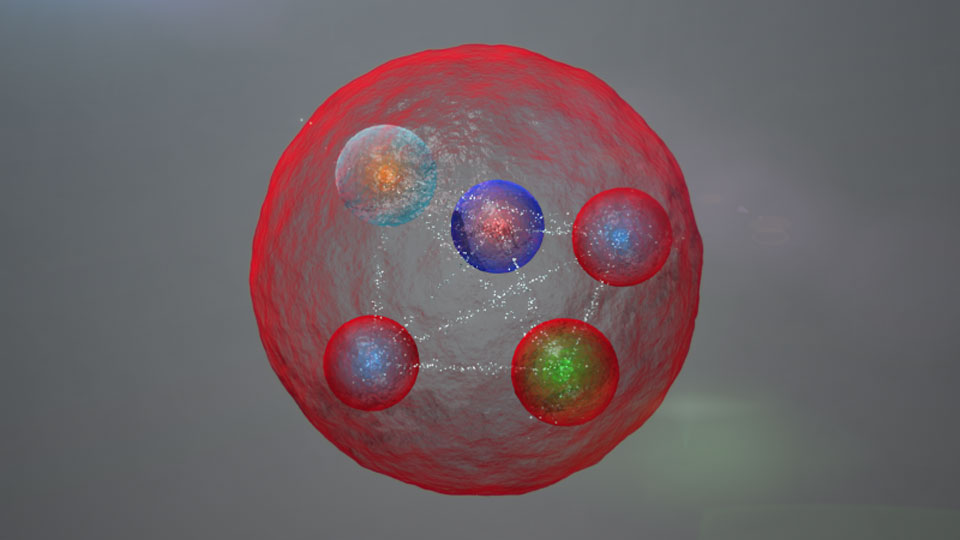
It didn't take long for the rejuvenated Large Hadron Collider to push the boundaries of science once more. The LHCb experiment team has discovered the existence of "pentaquarks," or subatomic particles where there are four quarks and one antiquark in specific states. Scientists have known for decades that these kinds of particles should exist under our current model for quarks, but they've never had solid evidence until now. As they explain, earlier tests were like "looking for silhouettes in the dark" -- the LHC test (which studied the decay of a baryon particle) had so much high-precision data that a pentaquark was the only possible explanation for the results. More tests will be necessary to see how this pentaquark behaves and what it can teach us about physics, but those will begin as soon as the collider starts its next run.
[Image credit: CERN/LHCb experiment]